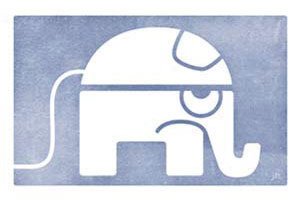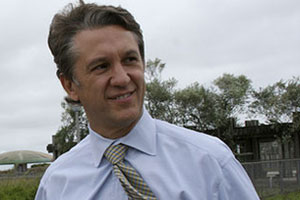The Republican right’s Pledge to America is widely being compared with Newt Gingrich’s Contract with America. But for those of us with long enough memories, it more clearly harkens back a decade further, to the early days of the Reagan Administration. Now, as then, the Republican agenda has two major political thrusts.
First, the Republicans are advancing a Reaganesque program based around defense Keynesianism, an economic pump-prime through military spending. It signals a victory for the Pentagon generals who have been fighting Obama to further expand what certainly appears to be a futile war in Afghanistan and parts of Pakistan—one that can go on and on indefinitely. Moreover, the Republicans want to fund an expensive missile defense system. Just as with Reagan, once this kind of spending gets going, they will be congratulating themselves on new jobs making armaments. At the same time, they can talk of shrinking the deficit by reducing or eliminating domestic programs.
That’s the nub of the pledge, with one adroit addition. This document makes no mention of reducing or eliminating Social Security. This is good politics before the election, and it’s bound to undercut the Obama administration, which has created the fiscal commission to reduce deficits, and is widely assumed to have Medicare and Social Security in its sights. Reagan did his best to cut domestic programs of the New Deal sort. But in the end, he could never have entirely eliminated them because he always swore to maintain a basic safety net for the old and the poor—and such public pronouncements helped to undermine Democratic challenges.
The pledge provides a focus for Republican ambitions, but most importantly it removes any thought that the Tea Party people have or could ever have any real sway in Republican policy matters. During Reagan’s early forays into the countryside, there were plenty of what now would pass for Tea Party types, but they were largely excluded from the party’s overall direction. Gingrich and his New Right colleagues in Congress occupied the back benches of the House at the time, and they moved within the overall Republican party apparatus. There was—and is—no chance of a popular takeover from the fringes of the party. Instead, Reagan claimed the center, and then pushed that center further and further to the right, where it remains to this day.















